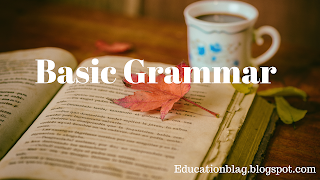When one verb is followed by another, the second verb can either be an
infinitive
or an
–ing
form. Some verbs can be followed by only an
infinitive
, others by only an
–ing
form and some by both but with a change in meaning. To know which structure to use, you can consult a good dictionary but here are some common examples.
Verb + infinitive
- I want to speak to the manager.
- She’s learning to ride a horse.
- He offered to help us wash up.
‘Want’, ’learn’ and ‘offer’ are followed by to + infinitive
Other verbs in this group include: afford, agree, ask, choose, decide, expect, hope, prepare, promise, pretend, refuse, would like.
Verb + ‘ing’ form
Other verbs in this group include: afford, agree, ask, choose, decide, expect, hope, prepare, promise, pretend, refuse, would like.
Verb + ‘ing’ form
- I enjoy travelling.
- He admitted stealing the necklace.
- I don’t mind waiting if you’re busy.
‘enjoy’ ‘admit’ and ‘mind’ are followed by the ‘ing’ form
Other verbs in this group include: avoid, consider, dislike, feel like, finish, give up, can’t help, practise, suggest.
Verb + infinitive or ‘ing’ form with no change in meaning
A few verbs can be followed by either an infinitive or the ‘ing’ form and the meaning does not change.
Other verbs in this group include: avoid, consider, dislike, feel like, finish, give up, can’t help, practise, suggest.
Verb + infinitive or ‘ing’ form with no change in meaning
A few verbs can be followed by either an infinitive or the ‘ing’ form and the meaning does not change.
- I started to work here in 1994.
- I started working here in 1994.
The meaning of these two sentences is the same.
There aren’t many verbs that can take an infinitive or an ‘ing’ form with no change in meaning. ‘Begin’ and ‘continue’ are two more examples.
There is also a group of verbs that can be followed by an infinitive or an ‘ing’ form with a change in meaning. These verbs will be covered in another section.
There aren’t many verbs that can take an infinitive or an ‘ing’ form with no change in meaning. ‘Begin’ and ‘continue’ are two more examples.
There is also a group of verbs that can be followed by an infinitive or an ‘ing’ form with a change in meaning. These verbs will be covered in another section.





No comments:
Post a Comment